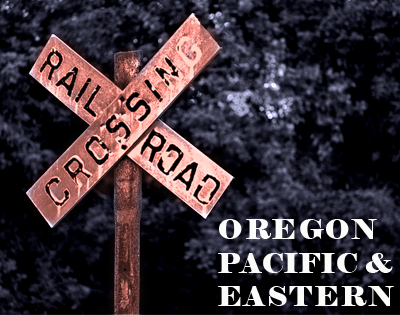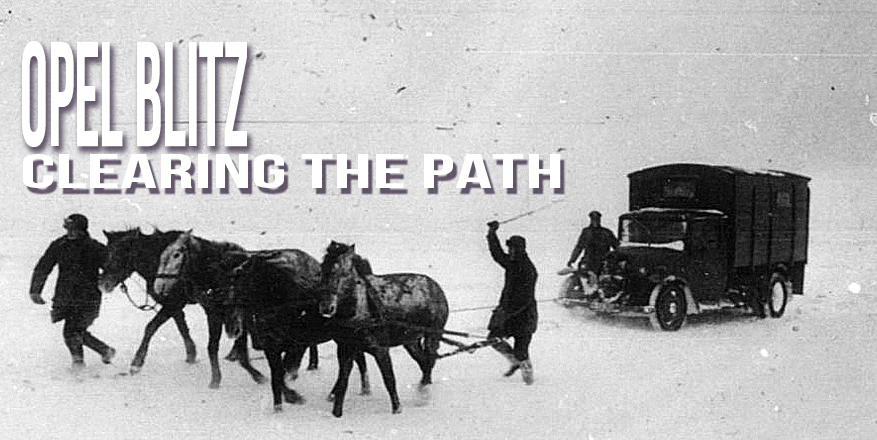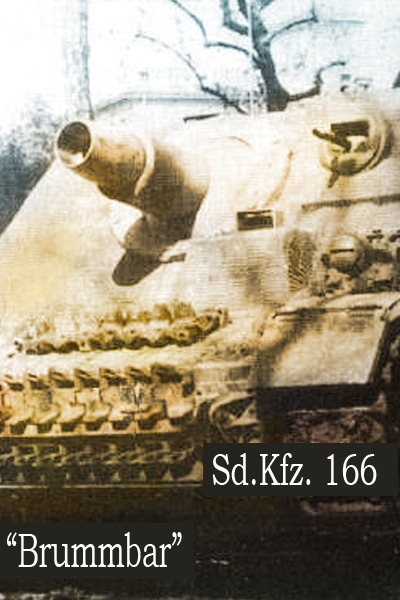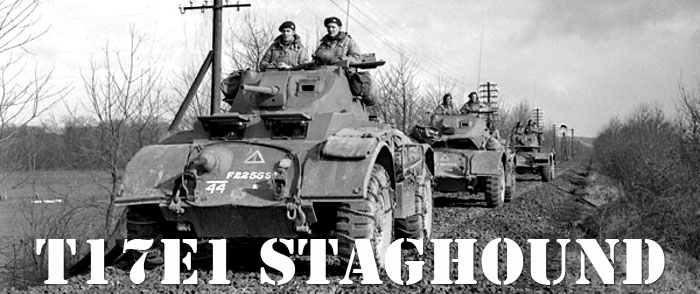 After the British Expeditionary Force had been evacuated at Dunkirk, having lost most of their equipment in the process, the British Army was in dire need of replacements. This was especially so for Tanks, of which there were only about 100 in the British Isles at that time. To accommodate this, the British government pushed forward a tank design that predated the onset of the Second World War, the A20.
After the British Expeditionary Force had been evacuated at Dunkirk, having lost most of their equipment in the process, the British Army was in dire need of replacements. This was especially so for Tanks, of which there were only about 100 in the British Isles at that time. To accommodate this, the British government pushed forward a tank design that predated the onset of the Second World War, the A20.
The A20 was designed to meet the expected needs of First World War style trench warfare, where the main emphasis of the tank was to navigate shell cratered ground and demolish infantry obstacles such as barbed wire and was influenced that for the French Char B tank. Between then the Woolwich Arsenal and Harland

& Wolff developed the A20 from a specification in 1939 to working prototype form by June 1940. Once had been complete Vauxhall (the car manufacturers) took over the project, designing and building a prototype, which was designed the A22 by November 1940. The later version of tank had evolved based on the battles in Poland and France. However it still kept many of the same features that would put it a disadvantage confronted with the rapid nature of blitzkrieg tactics but were also prove to be some of its strengths. The first production units were available by the middle 1941.





